Meta Quest 3 vs Quest 2: I've tried both and here's how they really compare
I've tried both of Meta's VR/MR headsets – and these are the key differences you need to know about

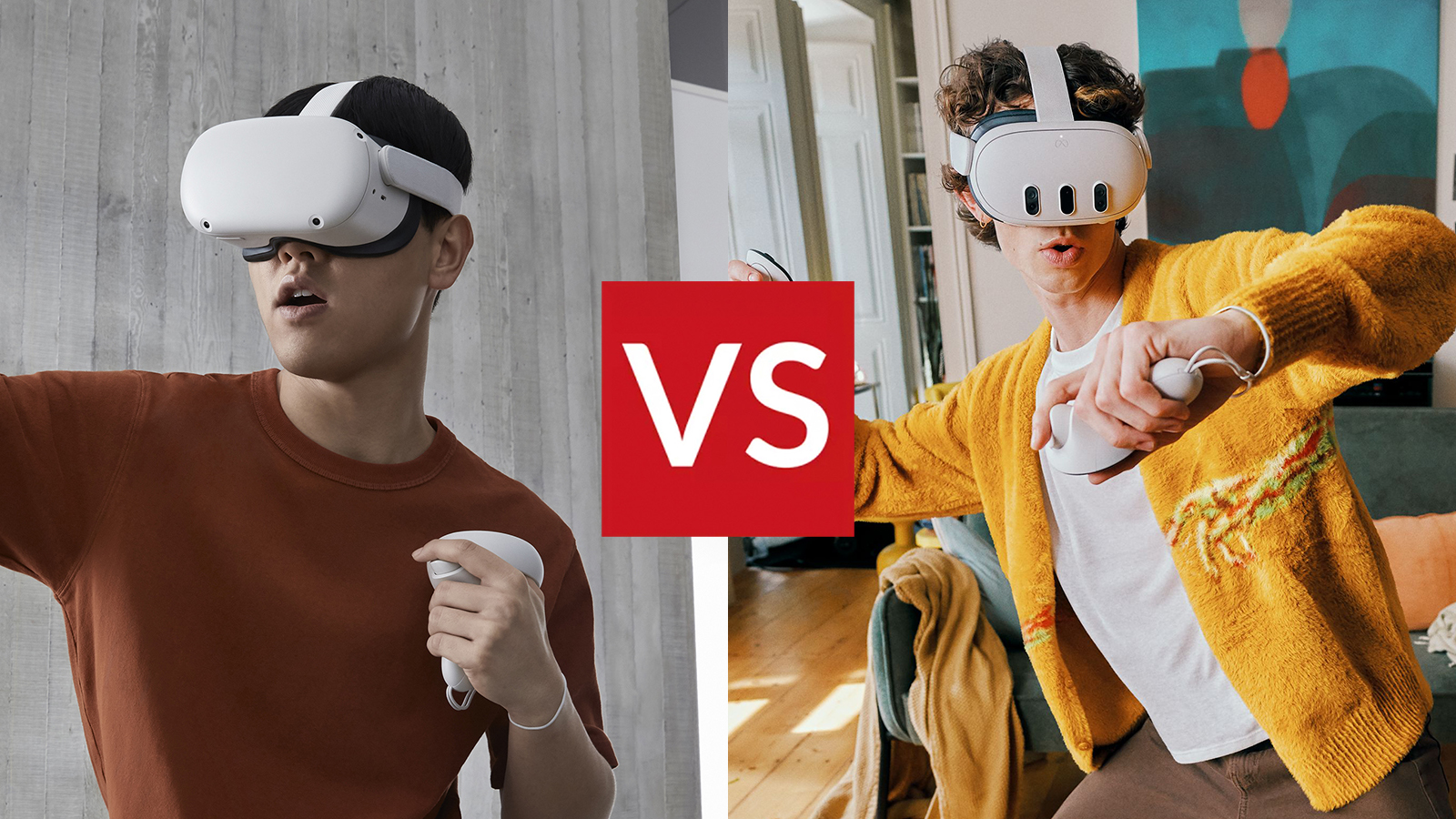
The Meta Quest 3 is now out and available to buy, following on from the Meta Quest 2 (or the Oculus Quest 2, as it was originally known) – so how does the new model compare to the old one? And is it worth your while to upgrade if you already own the Quest 2?
Having extensively tested out both the Quest 3 (just recently) and the Quest 2 (since 2021), I'm here to detail all the differences, small and large. If you want a full comparison between the two mixed reality/virtual reality headsets, you're in the right place – and that's speaking from experience.
The Meta Quest 3 is undoubtedly one of the best MR/VR headsets on the market right now, and it can be yours for £479.99/$499.99. That's a price jump over the Quest 2's £/$299.99 asking price – so is it worth it? Let me enlighten you...
Meta Quest 2 vs 3: size & comfort
The Meta Quest 3 is some 40% slimmer than the Meta Quest 2 in terms of the front casing: though the height and width of the front of the headsets are similar, there's a lot less white plastic around the front of the Quest 3. The weight is similar too, but the better balanced on the Quest 3, giving a snugger and more comfortable fit.
The Quest 2 isn't exactly uncomfortable to wear, though, but I feel able to stay in VR longer when wearing the Quest 3. And the use of pancake (slimmer) lenses mean that the newer headset doesn't extrude quite so far from your face – if you're worried about how ridiculous you might look in virtual reality, then the latest is the device to buy.

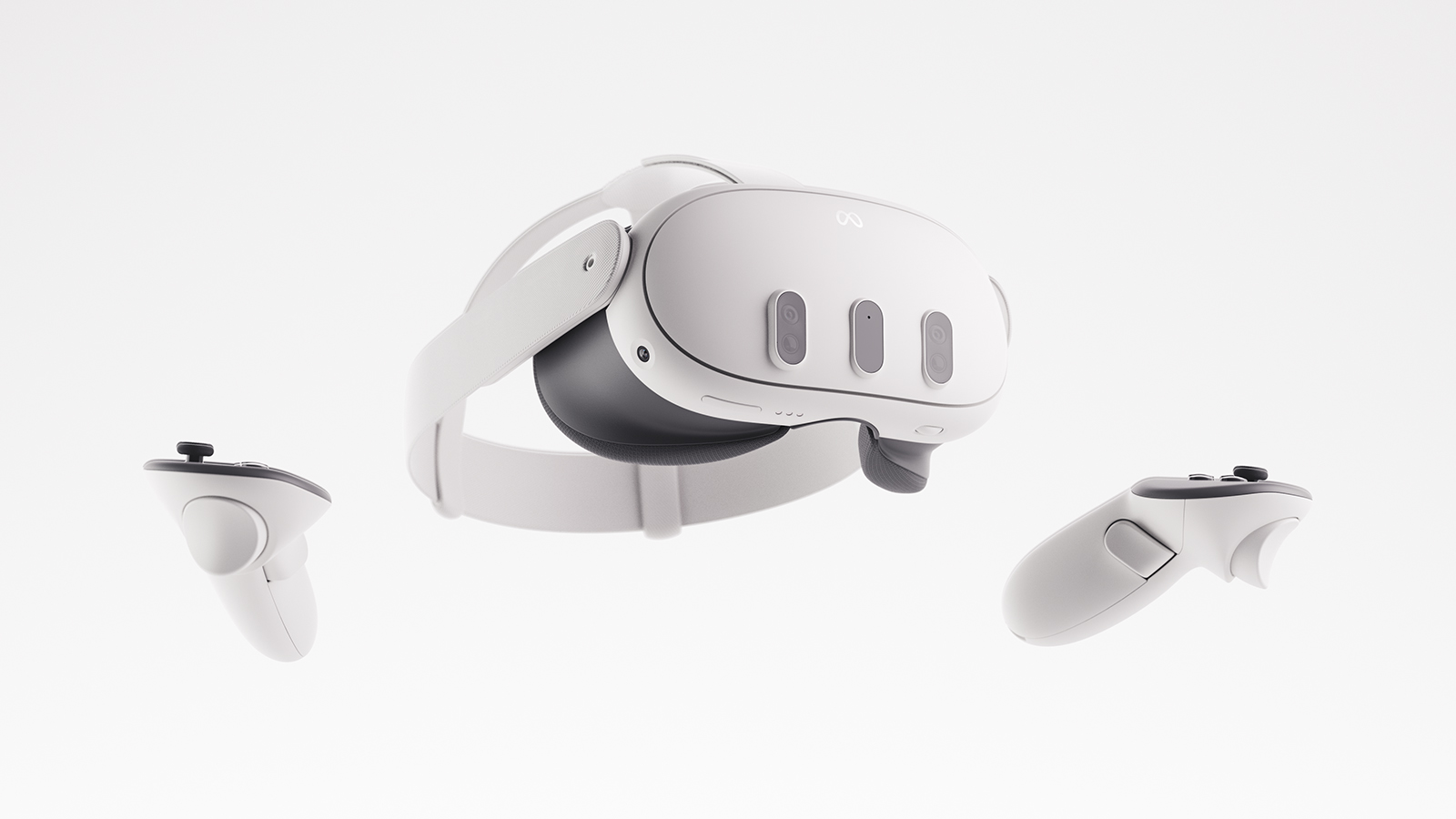
Adjusting the lenses to fine-tune the interpupillary distance (IPD) – the focus, essentially – is easier on the Quest 3 too. It's handled via a dial that's accessible on the front of the unit, whereas with the Meta Quest 2 you have to get your fingers inside the headset and pull apart or push together the lenses at 5mm intervals.
I've managed to get a good fit with both the Quest 3 and the Quest 2 during testing, but would say the Quest 3 has the edge – what's more, the strap that runs on top of your head is a single one rather than splitting up into two, which I also prefer. If you're a wearer of spectacles (I'm not, mind), then that can be accommodated for with either headset.
Get all the latest news, reviews, deals and buying guides on gorgeous tech, home and active products from the T3 experts
Meta Quest 2 vs Quest 3: performance & screen
The Meta Quest 3 is significantly more powerful than its predecessor, and features major upgrades in terms of its lenses – and you can really tell the difference when running apps and games. Meta says the Quest 3 boasts twice the graphics power as the Quest 2, and there are around a million more pixels to look at per eye, as well as a slightly larger field of view on the newer device.
Every game you can play on the Quest 2 also works on the Quest 3, and the improvement in detail, colouring and shading is definitely noticeable. It's particularly evident in graphically intense games like Red Matter 2 or The Walking Dead: Saints & Sinners – it's not unlike upgrading to a new generation of consoles.

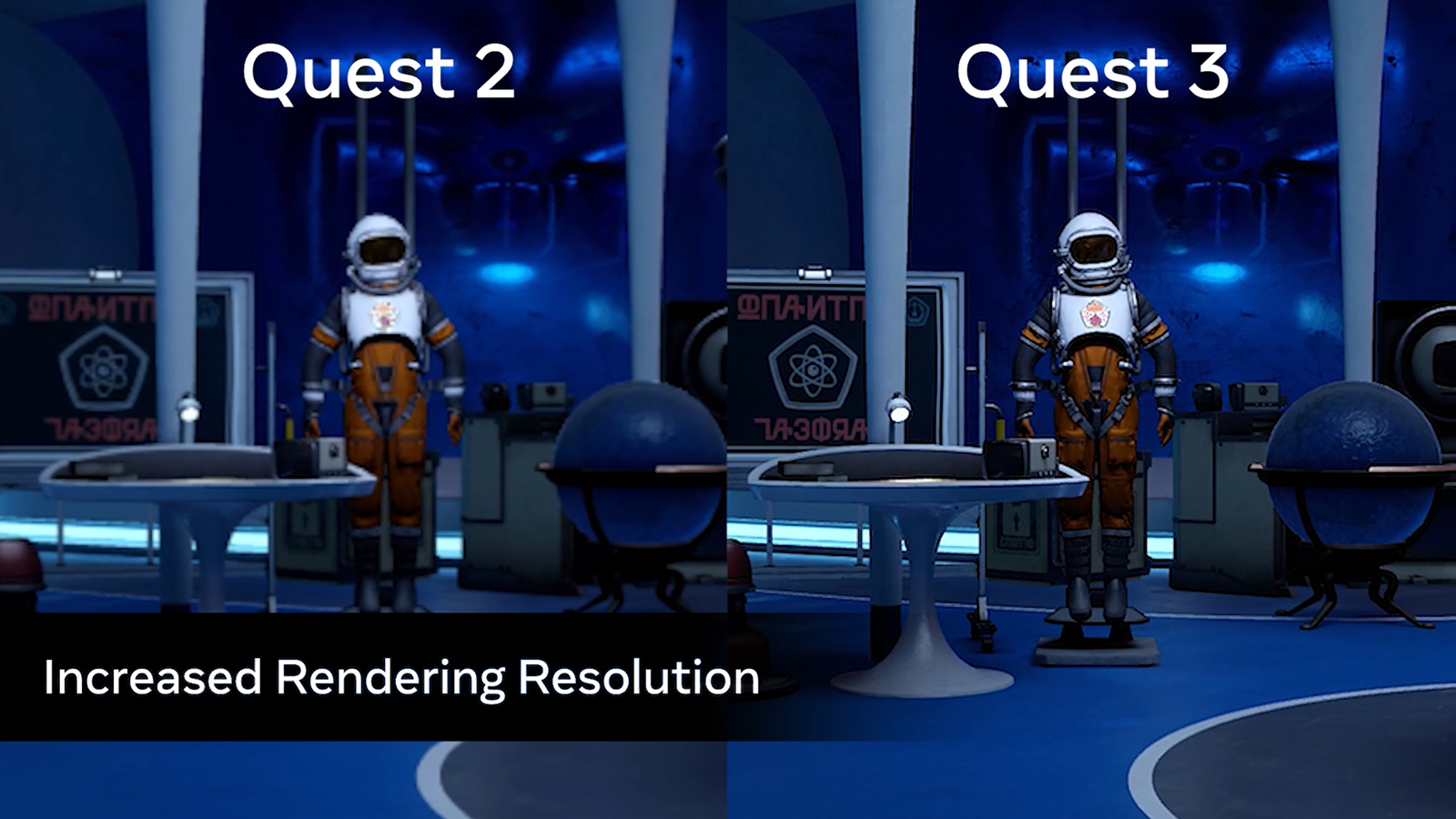
The sharpness and clarity of text and shapes is impressively superior on the Meta Quest 3, so you notice the difference even when you're just browsing through menus. It's hard to go back to the Quest 2 once you've tried the Quest 3.
It's worth bearing in mind that the battery life – which is around 2-3 hours per charge – is the same on both headsets, even though the newer device is more powerful and slimmer.
I also found the sound superior on the Quest 3 when not using headphones: you feel right in the midst of the action, more so than on the Quest 2.
Meanwhile the controllers are largely similar – though the new versions have lost the rather clunky tracking rings, so there's less chance of you banging them together accidentally. It all makes for a more fluid, lightweight VR experience.
Meta Quest 2 vs 3: mixed reality & passthrough
You'll notice that the Meta Quest 3 comes with an array of visible cameras on the front, which enable a massive upgrade in passthrough technology: it means you can see the real world in high resolution and full colour inside the headset, whereas with the Quest 2 you're limited to rather grainy black and white.
In my time with the Meta Quest 3 I found that it makes a huge difference. You can walk between rooms safely while browsing through system menus, for example, or make sure that you're not going to collide with a pet or young child while moving around. The passthrough technology is almost good enough to let you check your email on your laptop with the Quest 3 on your head – but not quite.

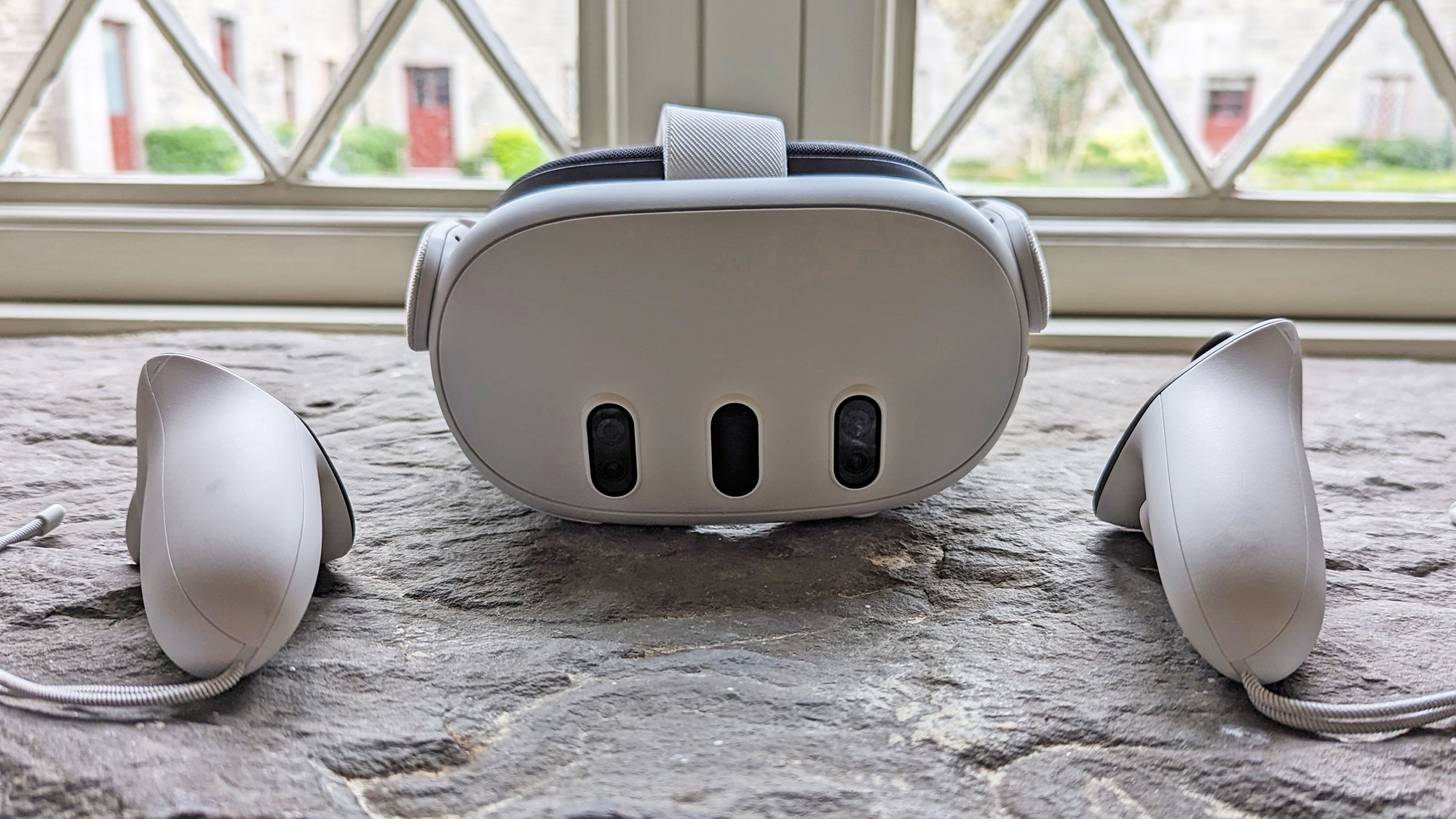
Then there are the mixed reality games. When I was putting together T3's Meta Quest 3 review, I had a lot of fun blasting away furry aliens as they bounced through the walls into the living room – digital graphics and real-world elements can be seamlessly combined, and these are experiences that just aren't available on the Quest 2.
My only complaint is that there really aren't enough mixed reality games and apps available yet. A handful of impressive-looking games are coming soon, but it would seem that developers are waiting to see just how popular the Meta Quest 3 is before committing money into making immersive MR adventures – or updating their current games and apps to support the technology.
Meta Quest 2 vs Meta Quest 3: verdict
The Meta Quest 3 is clearly superior to the Meta Quest 2, but then that's what you'd expect. The question is, if you're considering upgrading or if you're choosing between these two headsets, just how superior is it? And is it worth the price premium? An extra $/£200 isn't to be underestimated, and it'll buy you quite a few games and apps in the Meta Store.
If you're going to push for a definitive judgement, I'd say that the Meta Quest 3 is worth the extra money if your budget can stretch that far. The headset fits more comfortably, the graphics and performance are noticeably improved, you get better integrated audio, and you get everything that mixed reality (MR) has to offer
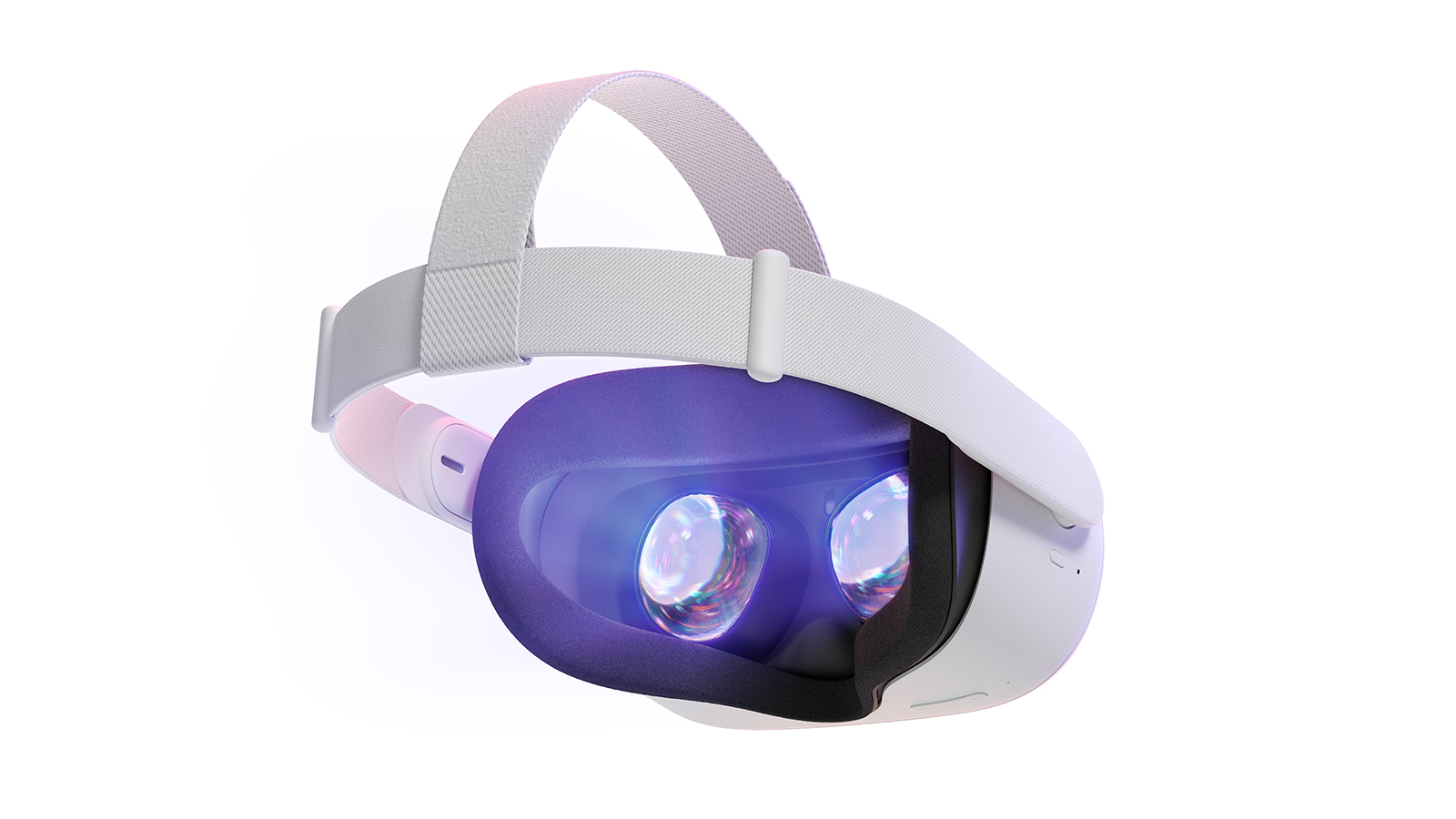

One of the counter arguments would be that a lot of the games and apps you can play on the Meta Quest 3 will also run just fine on the Meta Quest 2 – at least until more mixed reality experiences start appearing – so you can get access to a lot of the same content while spending a lot less. The Meta Quest 2 certainly isn't a bad VR headset, and you'll see a four out of five star rating on our review.
Ultimately if you want the best virtual reality and mixed reality headset out there now for the majority of users, it's got to be the Meta Quest 3. The upgrades over its predecessor are substantial and tangible, and it's future-proofed and therefore ready to run more advanced MR/VR titles as they start appearing.
Dave has over 20 years' experience in the tech journalism industry, covering hardware and software across mobile, computing, smart home, home entertainment, wearables, gaming and the web – you can find his writing online, in print, and even in the occasional scientific paper, across major tech titles like T3, TechRadar, Gizmodo and Wired. Outside of work, he enjoys long walks in the countryside, skiing down mountains, watching football matches (as long as his team is winning) and keeping up with the latest movies.
